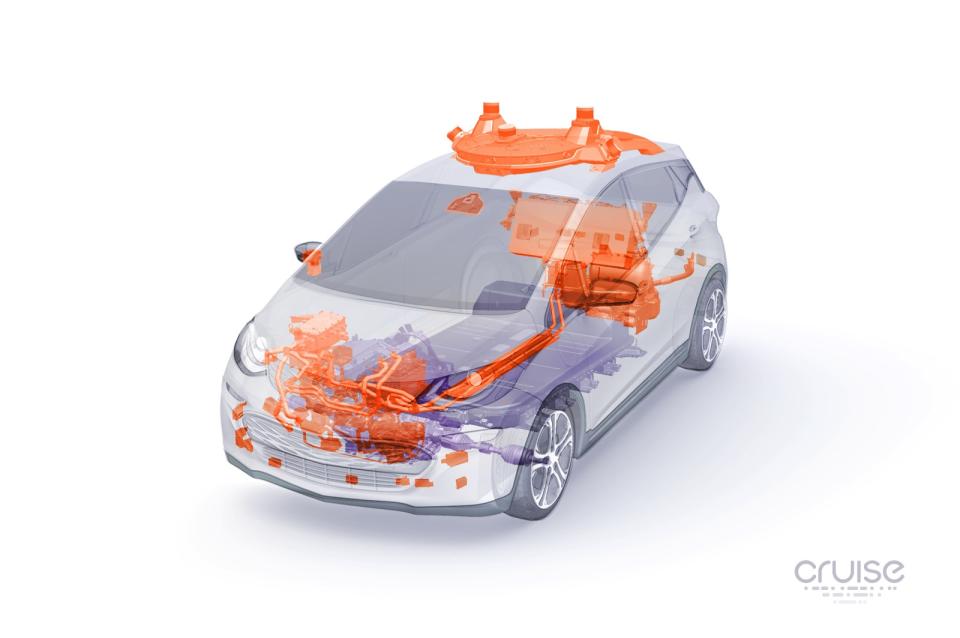GM might beat its competitors to driverless car production
All it needs is final software and autonomous regulations.
While a large number of companies are working on self-driving cars, including Google/Waymo, Uber, Audi and Tesla, it might be General Motors that beats them all. In a blog post, GM's CEO of Cruise Automation, Kyle Vogt, says that his team has created the "world's first mass-producible car designed to operate without a driver." Vogt notes that this is not just a concept, but a fully-made automobile with "airbags, crumple zones and comfortable seats" that has been produced by a high-volume plant that can make hundreds of thousands of vehicles per year. In other words, GM is ready to make self-driving cars at scale as soon as the software and regulations are up to par.
GM has been working on these autonomous automobiles for a while now, with a fleet of self-driving systems that includes a mobile ride-hailing app in place in San Francisco. According to Vogt, these new production models are actually the third generation of self-driving cars. They also meet the safety requirements the company believes are necessary to work without a driver and will be part of the San Francisco fleet in the next few weeks.

Hardware has been the hardest thing to bring to fruition, says Vogt. Starting with retrofitted Chevy Bold electric vehicles and progressing through a second generation of test cars. This generation was designed for high volume assembly lines using components and suppliers that already existed (though many sensors had to be built from scratch). GM began designing the third generation in tandem with production of the second one to vastly shorten the time involved in such an undertaking. The new vehicles — coming only 15 months after Cruise partnered with GM — have "completely new and fault-tolerant electrical, communication and actuation systems that are unique to a driverless vehicle," writes Vogt.
GM's Cruise team wants to see a fully autonomous car that won't require a "safety driver" like current autonomous cars do. To do that, the company had to create new safety and redundancy systems to make sure it could guarantee the safety of riders. "Our newest self-driving car might look like a regular car on the outside," says Voght, "but the vehicle's core system architecture more closely resembles that of a commercial airplane or spacecraft. It's a complex and time consuming process to design cars this way, but it's the responsible thing to do."





